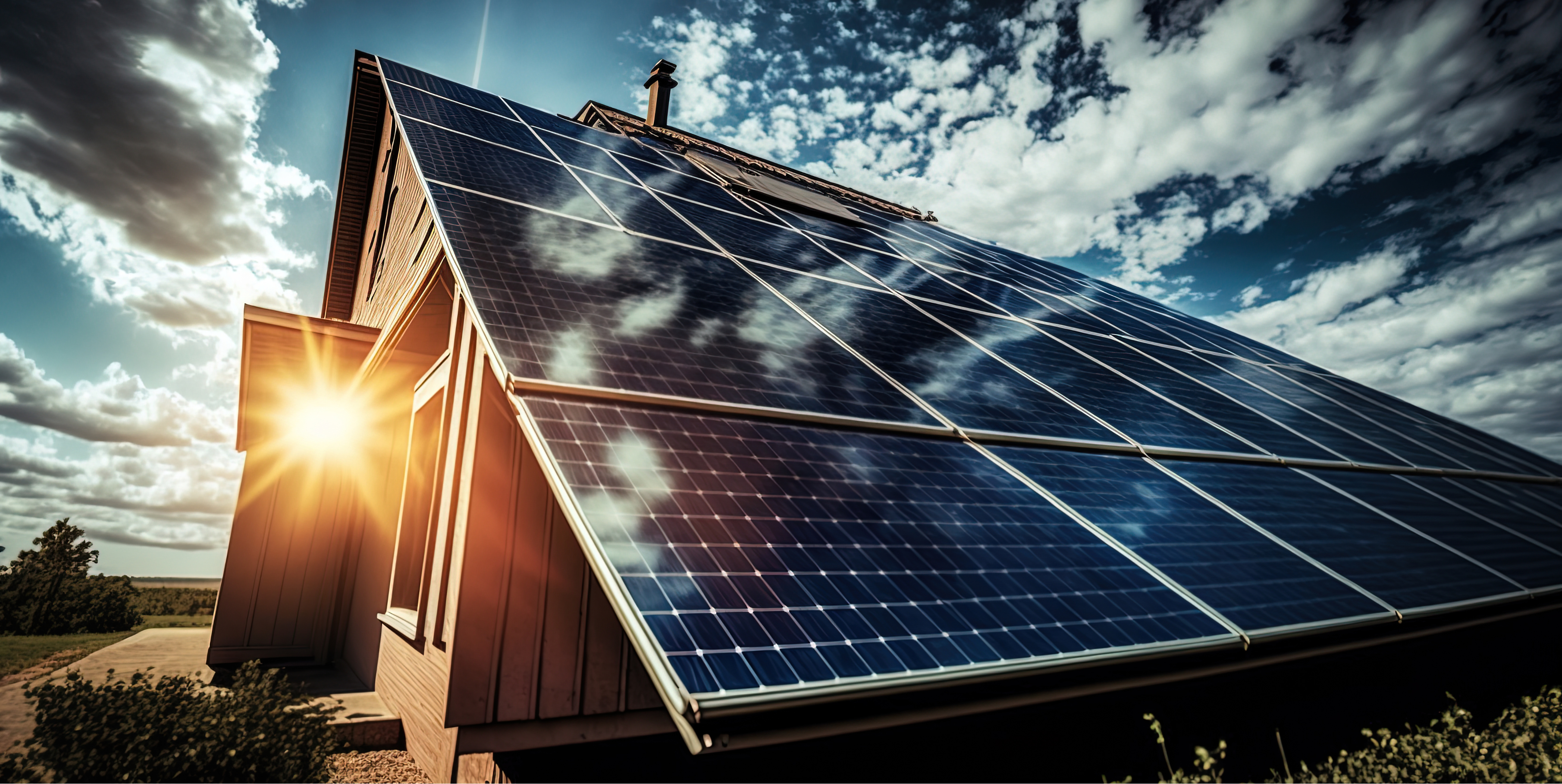
Issue Brief
Microgrids and Virtual Power Plants
Overview
Microgrids and Virtual Power Plants (VPPs) are two emerging energy technologies that can promote grid resilience, energy independence, and renewable energy.
Microgrids
As storms become stronger and electricity demand increases, the traditional electricity grid needs innovation and development to keep up. Microgrids, localized grids that can disconnect from the traditional grid to operate independently, can strengthen grid resilience and help mitigate grid disturbances. Microgrids are built to run independently, with the ability to generate, store, and distribute energy separate from or in addition to a conventional power grid.
Accessing energy and separating from the energy grid at large is called “islanding.” Islanding allows microgrids to function even if the main power grid is down. This allows microgrid operators, such as housing developments, local government buildings, or commercial businesses, to maintain power during outages. Additionally, it helps to alleviate pressure on the main grid, as microgrids can offload and use their own energy during periods of peak demand.
Microgrids Example: Blue Lake Rancheria Tribe
The Blue Lake Rancheria Tribe owns a casino resort in Northern California, set on the 76-acre reservation. The tribe runs a microgrid powered by solar panels, with energy stored in Tesla batteries. Not only does the microgrid save 175 tons of carbon emissions per year, but it also has kept electricity running during blackouts. In 2019, amid wildfires in the state, 13,000 people fled to the casino during a planned blackout. The microgrid was able to provide the energy needed to power medical devices and fuel a municipal water system.
Virtual Power Plants (VPPs)
A virtual power plant (VPP) is a collection of small-scale energy sources that, combined, can provide energy to the grid similarly to traditional power plants. VPPs can generate their own energy, often through solar panels, electric vehicle chargers, and smart water heaters. These energy sources come from thousands of households and businesses, linked together into a unified system by advanced software and technology. This process adds to the energy supply, alleviating pressure from power plants during high demand.
VPPs are deemed “virtual” due to their lack of a central physical facility. Instead, they aggregate energy from several smaller-scale producers. VPPs are able to skirt typical transmission and distribution bottlenecks by building and deploying technology quickly.
VPPs Example: Rocky Mountain Power Program
The Rocky Mountain Power company, based out of Salt Lake City, runs a program that allows customers to participate in a VPP. Customers who generate solar power receive additional benefits if they opt to install battery storage systems as well. These battery storage systems allow stored energy to flow to the greater electric grid. The customers benefit from lower rates while Rocky Mountain Power is able to use the collectively stored energy in times of peak demand (as opposed to requesting more energy from overrun power plants).
Key Points
Similarities:
- Both Microgrids and VPPs are able to generate distributed renewable energy, and store this energy at the distribution level.
- Both Microgrid and VPPs can save facilitators and ratepayers large sums of money through energy generation and lower pressure on the grid.
Differences:
- Microgrids can “island” from the greater power grid, functioning independently. VPPs are often tied more strictly to the electricity grid.
- Microgrids rely more heavily on physical materials and innovations while VPPs depend more heavily on smart metering and information technology.
- Microgrids are typically constrained to a smaller geographic location. VPPs are able to operate across broader geographic areas.
- Microgrids face large political and legal constraints. VPPs are able to better navigate regulatory hurdles.
Legislation
Please note that all bills following two asterisks (**) indicates bipartisan support for the legislation.
- **Colorado S.B.24-218 (enacted 2024): Encouraged forward looking investment by tying the utility’s Distribution System Planning (DSP) directly to cost recovery; creates a virtual power plant program.
- **Colorado H.B.22-1013 (enacted 2022): Appropriated $3.5 million to the Colorado Department of Local Affairs and the Colorado Energy Office for rural electric cooperatives and municipal utilities to develop microgrids in areas at risk from natural disasters
- Maryland H.B.1256 (enacted 2024): Required utilities to create a pilot program to compensate owners of distributed energy resources like solar and battery storage for services they provide to the grid.
- Texas S.B.114 (passed Senate 2023): Amends utility code to allow customers to participate in demand response programs through retail electric providers & promotes demand response tools such as smart metering.
- Connecticut H.B.6853 (enacted 2023): Expanded eligibility for the microgrid and resilience grant and loan pilot program, permitted available bond funds to be used for all program activities, and (3) permitted up to 4% of available bond funds to be used to cover the program’s administrative costs.

Empower State Environmental Champions
Your donation funds the fight for equitable actions that protect the environment and our health.
Donate